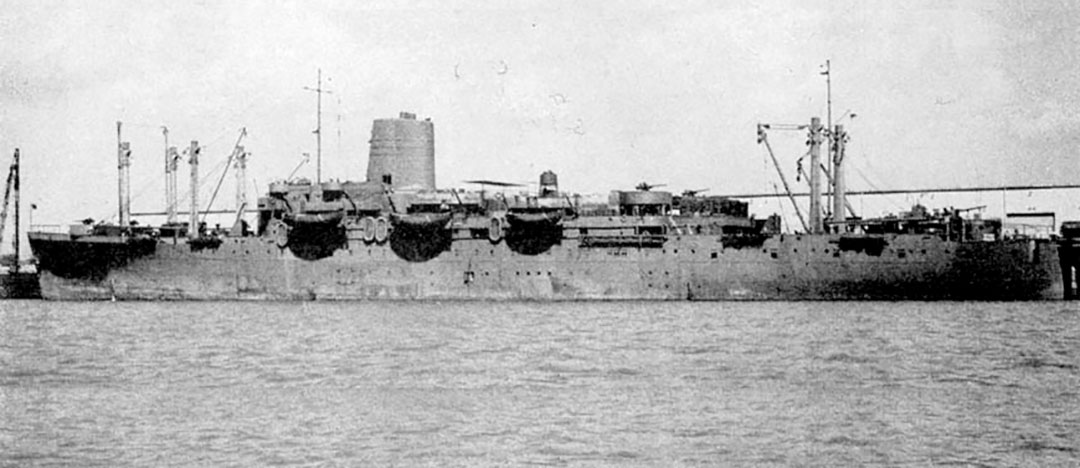Crossing the Atlantic Ocean
The 100th Infantry Battalion (Separate) had arrived in Oakland, California in June 1942. After training at Camp McCoy in Wisconsin and Camp Shelby in Mississippi and holding maneuvers at Camp Claiborne in Louisiana, the battalion departed Camp Shelby on August 11, 1943 by train and reached Camp Kilmer, New Jersey two days later.
In “Remembrances: 100th Infantry Battalion 50th Anniversary Celebration, 1942 – 1992,” Sakae Takahashi, one of the battalion’s original officers wrote: “Embarkation orders were received at midnight, August 20, 1943. From Camp Kilmer, the unit moved by train to Brooklyn, ferried over to Staten Island and got on the S.S. James Parker, a troopship recently converted from a banana and tourist ship. The James Parker sailed in a convoy the next day at dusk.”

An account of the twelve-day Atlantic crossing by Shurei Hirozawa in “Remembrances” said the following: “Men of the 100th carried their weapons, packs and two barrack bags each. There were not enough bunks so the troops had to sleep in shifts. Meals were served twice a day. The men passed their time with card games, dice, movies and other recreation or writing to family and friends. It was an uneventful trip with no sightings of enemy planes or submarines.”
On September 2nd the battalion landed at Oran in North Africa and was assigned to the 34th “Red Bull” Division, commanded by Major General Charles W. Ryder. Twenty days later, the 100th landed on the beaches of Salerno, Italy.
Listed are the ship manifests for the 100th soldiers in Headquarters Company and A, B, C, E and F Companies who were on the S.S. James Parker. Each man’s name, rank and Army serial number are listed. The manifests for the Medics and D Companies are missing.
Copies of these manifests were found in the 100th Veteran’s office in Honolulu. There are valuable records as in the 1950s the Army Department intentionally destroyed all passenger lists, manifests, and other documents related to U.S. Army transports in World War II.
By the time the battalion departed on the S.S. James Parker, there had been significant changes from the roster of men who had left Hawaii in June 1942. About 70 of them had been transferred to the Military Intelligence Service. Some of the officers were given other assignments. One veteran recalled four Japanese American men from the U.S. mainland joined the battalion at Camp McCoy. When the battalion left Camp Shelby, there were other men from the mainland who had been assigned to the 100th. These included men who had volunteered for the 442nd. A notable addition was Second Lieutenant Young Oak Kim, a Korean American from Los Angeles, who would become a highly respected officer in the battalion.
